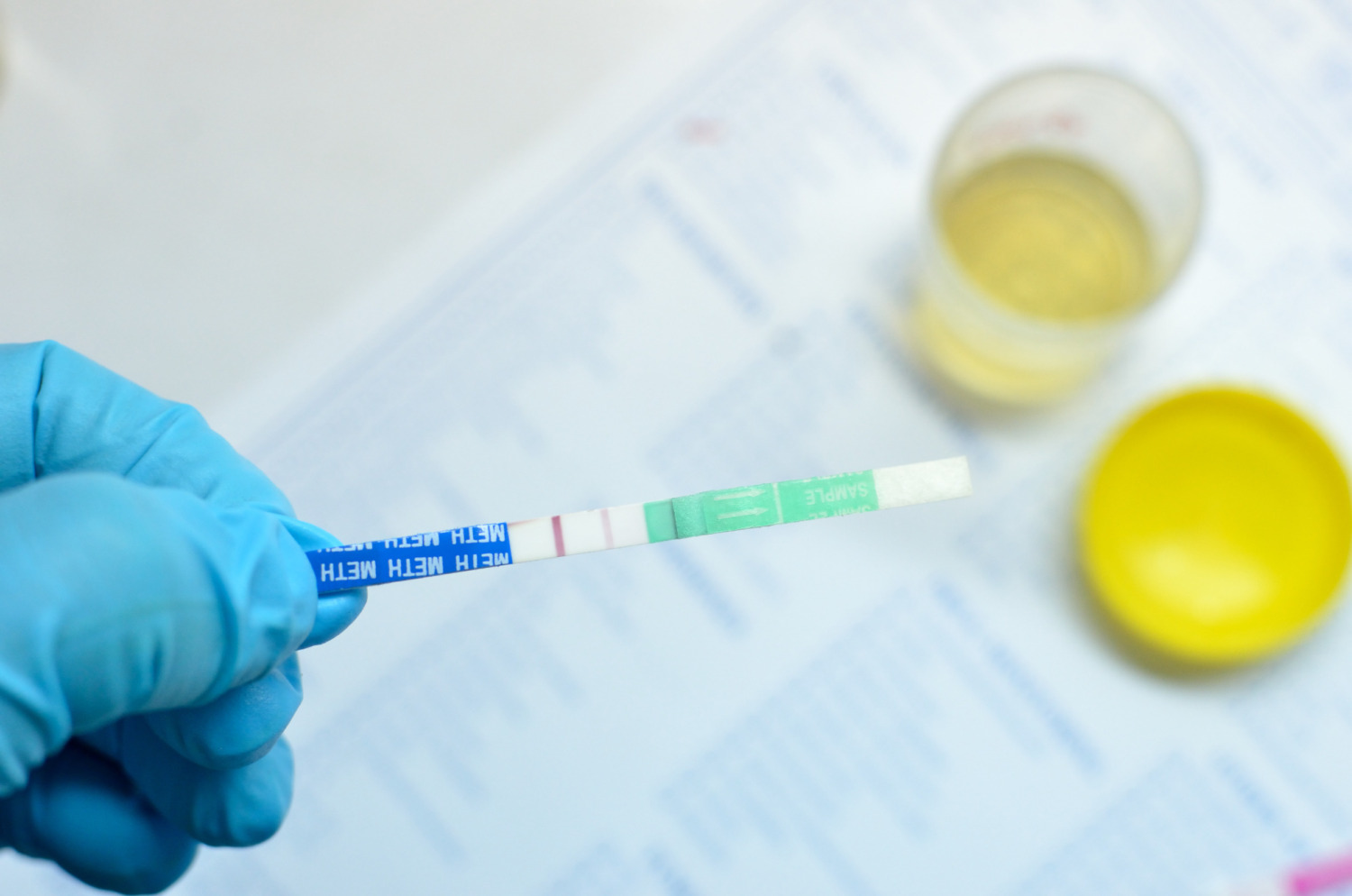Unraveling the Mystery: Post-Accident Drug Testing and its Impact on Workplace Safety
In the fast-paced world of transportation, where safety is paramount, the Department of Transportation (DOT) mandates strict regulations to ensure the well-being of both employees and the public. One crucial aspect of maintaining safety standards is post-accident drug testing. In this blog post, we will delve into the importance of post-accident drug testing for DOT-mandated employees, unraveling the mystery behind its necessity and the profound impact it has on workplace safety.
Post-Accident Drug Testing and the DOT’s Commitment to Safety
The DOT oversees various modes of transportation, including highways, railways, aviation, pipelines, and maritime operations. Recognizing the inherent risks associated with these industries, the DOT places a strong emphasis on safety protocols. Post-accident drug testing is a key component of these protocols, aiming to identify and address potential substance abuse issues among employees involved in accidents.
Immediate Response to Accidents
When a workplace accident occurs within the DOT-regulated industries, time is of the essence. Post-accident drug testing serves as a critical tool for employers to promptly assess whether drugs or alcohol may have played a role in the incident. This swift response is vital for preserving evidence, understanding the circumstances surrounding the accident, and implementing corrective actions to prevent future occurrences.
Enhancing Workplace Safety with Post-Accident Drug Testing
- Identifying Impairment: Drug testing after an incident helps employers determine if an employee’s impairment due to substance use contributed to the accident. This information is invaluable for understanding the root causes of incidents and implementing targeted interventions to address the issues at hand.
- Preventing Recurrences: By swiftly identifying and addressing substance abuse concerns, employers can take proactive measures to prevent similar accidents from happening in the future. This not only protects the employees directly involved but also ensures the safety of colleagues and the public.
- Maintaining Compliance: Compliance with DOT regulations is non-negotiable for employers in the transportation industry. Drug and alcohol testing is a mandated component of these regulations, and failure to adhere can result in severe consequences, including fines and the suspension of operating licenses.
Knowing that post-accident drug testing is a standard procedure creates a deterrent effect among employees. The knowledge that substance use may lead to testing and potential consequences serves as a powerful preventive measure, encouraging employees to prioritize safety and avoid engaging in risky behaviors on the job.
Have you Failed a Drug and/or Alcohol Test? Contact SAP Referral Services Today to Start Your Return-to-Duty Process
Unraveling the mystery behind post-accident drug testing for DOT-mandated employees reveals a multifaceted approach to enhancing workplace safety. Swift identification of impairment, prevention of recurrences, and maintaining compliance with regulatory standards are all integral to fostering a secure environment within the transportation industry. As we navigate the intricate landscape of workplace safety, post-accident drug testing emerges as a crucial tool, contributing to the overarching goal of safeguarding lives and ensuring the smooth operation of DOT-regulated sectors.
When an employee fails, or refuses to submit to, a drug and/or alcohol test, they will immediately be removed from their safety-sensitive duties. In order for them to begin the return to duty process, they will have to take the first step and schedule an initial evaluation with a SAP in their area. To find a SAP quickly, contact SAP Referral Services today.


